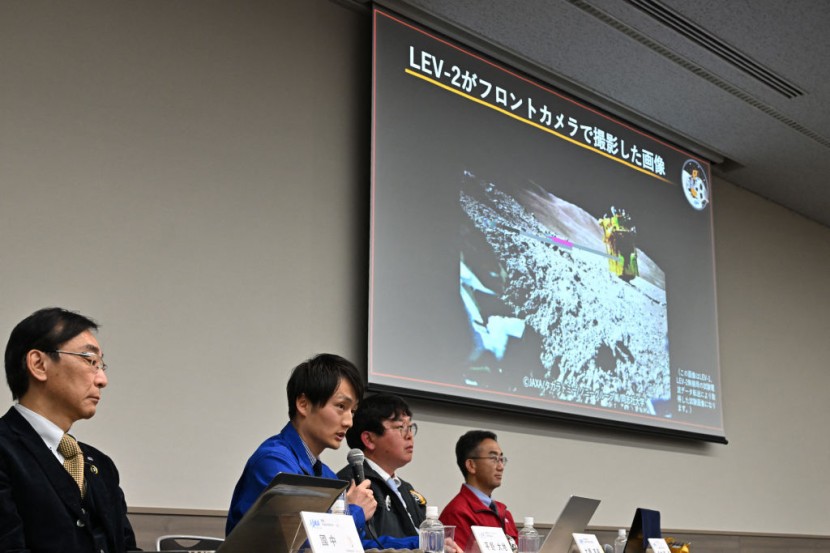Japanese space authorities said that its Smart Lander for Investigating Moon (SLIM) landed in an allegedly unusual but "precise" touchdown when it landed on its topside.
In a press conference on Thursday, Jan. 25, the Japan Aerospace Exploration Agency (JAXA) claimed that the probe landed within 100 meters of its target, purportedly making them the fifth nation to put a spacecraft on the Moon.
Japan also hoped that the demonstration of what it called a "pinpoint" moon landing would revitalize a space program seeking to overcome setbacks as it moves to capture a bigger role in space by partnering with the United States to counter China's space plans, Reuters reported.
"We proved that you can land wherever you want, rather than where you are able to," SLIM project manager Shinichiro Sakai said. "This will inspire more and more people, desirably Japanese missions, to try to land on unexplored places on the moon."
Read Also : Japan's Space Agency Braces for '20 Minutes of Terror' With Moon Sniper's Historic Lunar Landing Attempt

What Caused SLIM's Upside Down Landing
JAXA explained that SLIM was working perfectly up until the final phases of the probe's landing burn when one of its two engines shut down or fell off. This caused the lander to veer 55 meters away from the target site to an unintended position.
If there was no engine failure, it could have landed as close as three to four meters from the target, Sakai added.
Upon landing, the SLIM probe was toppled on the gentle slope of a crater on the Moon's surface, as revealed by a photograph taken by a mini-rover released just a few meters before landing.
The lander was angled westward because of the tumble, meaning that the solar panels it had were unable to generate electricity, but a change in the direction of sunlight could power it up before the next lunar sunset on Feb. 1 brings freezing cold.
With this situation, SLIM's multi-band spectral camera tasked to study the composition of moon rocks could only generate low-resolution images, JAXA stated.
Related Article : Will Japan Achieve the World's First Moon Pinpoint Landing?




